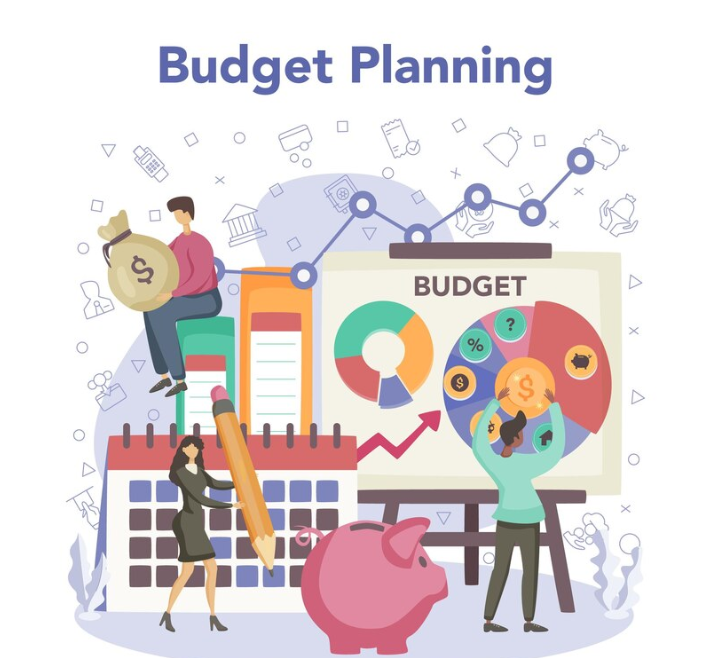How to Leverage Tax-Advantaged Accounts to Maximize Savings and Minimize Your Tax Burden
Tax-advantaged accounts are powerful financial tools that can help you optimize your savings while reducing your tax liability. By understanding how to effectively use these accounts, you can enhance your long-term financial health and minimize the amount you owe to the IRS. Here’s how to leverage these accounts to your benefit.
Understanding Tax-Advantaged Accounts
Tax-advantaged accounts come in various forms, each with its own set of rules and benefits. The primary types include:
- Individual Retirement Accounts (IRAs): Traditional IRAs and Roth IRAs are designed to help you save for retirement. Contributions to a Traditional IRA may be tax-deductible, reducing your taxable income in the year you contribute. However, withdrawals in retirement are taxed as ordinary income. In contrast, Roth IRA contributions are made with after-tax dollars, but qualified withdrawals are tax-free, including any investment gains.
- 401(k) and 403(b) Plans: These employer-sponsored retirement accounts allow for significant pre-tax contributions, which reduce your taxable income. 401(k) plans are offered by private-sector employers, while 403(b) plans are available to employees of public schools and certain non-profits. Both types of plans often come with employer matching contributions, which effectively increase your savings.
- Health Savings Accounts (HSAs): HSAs are designed for individuals with high-deductible health plans. Contributions are tax-deductible, grow tax-free, and withdrawals for qualified medical expenses are also tax-free. Additionally, unlike Flexible Spending Accounts (FSAs), HSAs are not “use-it-or-lose-it” and can be carried over year to year, potentially growing into a significant healthcare fund.
- 529 College Savings Plans: These accounts help you save for educational expenses. Contributions are not tax-deductible on the federal level, but earnings grow tax-free, and withdrawals for qualified educational expenses are also tax-free.
Strategies for Maximizing Benefits
- Maximize Contributions: Take full advantage of the contribution limits for each type of account. For 2024, the contribution limit for a 401(k) is $23,000 ($30,500 if you’re over 50), while the limit for IRAs is $6,500 ($7,500 if you’re over 50). By contributing the maximum amount, you reduce your taxable income and increase your retirement savings.
- Use HSAs as a Dual-Purpose Account: HSAs are unique in that they can be used both as a current healthcare savings account and a future retirement account. If possible, use the HSA for qualified medical expenses now but let the funds grow tax-free for future use, including retirement healthcare expenses.
- Choose Roth Over Traditional IRAs: If you anticipate being in a higher tax bracket during retirement, a Roth IRA may be more advantageous. By paying taxes on your contributions now, you avoid potentially higher taxes on withdrawals in retirement. Additionally, Roth IRAs do not have required minimum distributions (RMDs), allowing your savings to continue growing.
- Leverage Employer Matching: Contribute enough to your 401(k) or 403(b) to get the full employer match. This is essentially free money and should be maximized before focusing on other savings or investment accounts.
- Plan for Educational Expenses with 529 Plans: If you have children or plan to pursue higher education yourself, regularly contribute to a 529 plan. Earnings grow tax-free and qualified withdrawals for educational expenses won’t incur federal taxes, making it a strategic tool for education savings.
Final Thoughts
Utilizing tax-advantaged accounts requires planning and an understanding of each account’s specific benefits and limitations. By maximizing contributions, strategically choosing between account types, and leveraging employer matches, you can significantly enhance your savings while reducing your tax burden. Consult with a financial advisor to tailor these strategies to your personal financial situation, ensuring you make the most out of these valuable tools.


